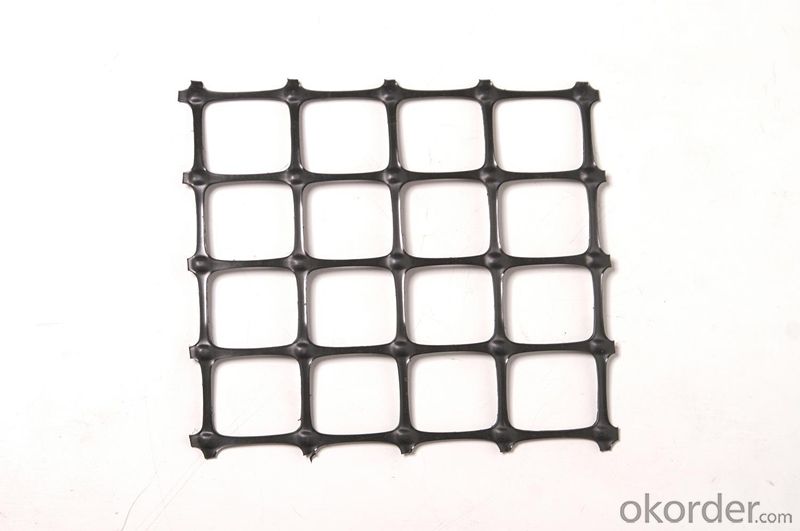- Understanding the Role of Geomembrane Liners in Waste Management
- Innovations in Geomembrane Liners for Water Management
- Geomembrane Liners: A Comprehensive Guide
- The Future of Geomembrane Liners in Civil Engineering
- Geomembrane Liners: Enhancing Landfill Stability
Manager:
WhatsApp:+86 177 0135 2670
Tel:+86 177 0135 2670
Email:marketing@okorder.com
Address:3rd Floor, No.2 Building, No.1 Sanlihe Road
Geomembrane Liners: A Protective Layer for Industrial Chemical Storage
Geomembranes, also known as synthetic liners, are the unsung heroes of the industrial world. They are the silent protectors that shield our environment from the potential hazards of chemical storage. These versatile and robust materials are designed to provide a reliable barrier against the leakage of harmful substances, ensuring the safety of our surroundings. But what exactly are geomembranes, and why are they so crucial in industrial chemical storage? Let's dive into the world of geomembrines and explore their significance, types, installation, and maintenance.

The Importance of Geomembrane Liners
In the realm of industrial chemical storage, safety is paramount. Geomembrane liners serve as a critical protective layer, preventing the escape of hazardous chemicals into the environment. They act as a barrier between the stored chemicals and the ground, minimizing the risk of contamination and leakage. This is particularly important in areas where groundwater is susceptible to pollution, as well as in regions prone to natural disasters like earthquakes and floods.
Varieties of Geomembrane Liners
The world of geomembranes is diverse, with several types catering to different needs and applications. Here are some of the most common types:
- High-Density Polyethylene (HDPE): Known for its durability and resistance to chemicals, HDPE liners are a popular choice for various industrial applications.
- Low-Density Polyethylene (LDPE): Offering flexibility and resistance to punctures, LDPE liners are ideal for applications where flexibility is key.
- Polyvinyl Chloride (PVC): With excellent resistance to a wide range of chemicals, PVC liners are a reliable option for chemical storage.
- Ethylene Propylene Diene Monomer (EPDM): EPDM liners are appreciated for their resistance to UV radiation and extreme temperatures, making them suitable for outdoor applications.
The Installation Process
Installing a geomembrane liner is a meticulous process that requires careful planning and execution. Here's a step-by-step guide to the installation process:
1. Site Preparation: The first step involves preparing the site where the liner will be installed. This includes grading the land, removing any debris, and ensuring a smooth and even surface.
2. Subbase Installation: A subbase layer is installed to provide support and stability to the geomembrane liner. This layer is typically made of compacted soil or gravel.
3. Geomembrane Placement: The geomembrane is then carefully laid out, ensuring it covers the entire area and overlaps with adjacent sheets for a secure seal.
4. Seaming: Seams are created using heat fusion, extrusion welding, or chemical adhesives to join the sheets together, forming a continuous barrier.
5. Final Inspection: Once the geomembrane is in place, a thorough inspection is conducted to ensure there are no defects or leaks.
Maintenance and Longevity
Proper maintenance is essential to ensure the longevity and effectiveness of a geomembrane liner. Here are some tips for maintaining your geomembrane liner:
- Regular Inspections: Conduct routine inspections to identify any signs of wear, damage, or leakage.
- Prompt Repairs: Address any issues as soon as they are discovered to prevent further deterioration.
- Protection from UV Radiation: Use a protective layer or cover to shield the geomembrane from the harmful effects of UV radiation.
- Preventive Measures: Implement measures to prevent damage from external factors such as rodents, heavy equipment, or natural disasters.
The Future of Geomembrane Liners
As we look to the future, the role of geomembranes in industrial chemical storage is only set to grow. With advancements in materials and technology, we can expect to see even more durable, efficient, and environmentally friendly geomembranes. Innovations in installation techniques and maintenance practices will also contribute to the longevity and effectiveness of these liners.
In conclusion, geomembrane liners are a vital component in the safe storage of industrial chemicals. They protect our environment, ensuring that hazardous substances are contained and do not pose a threat to our ecosystems or human health. By understanding the importance, types, installation, and maintenance of geomembranes, we can better appreciate their role in our industrial world and the steps we can take to preserve our environment for future generations.
- Previous:The Role of Geomembrane Liners in the Construction of Industrial Lagoons
- Next:The Use of Geomembrane Liners in the Construction of Industrial Basins
-
2024-12-05Geomembrane Liners: A Comprehensive Guide






